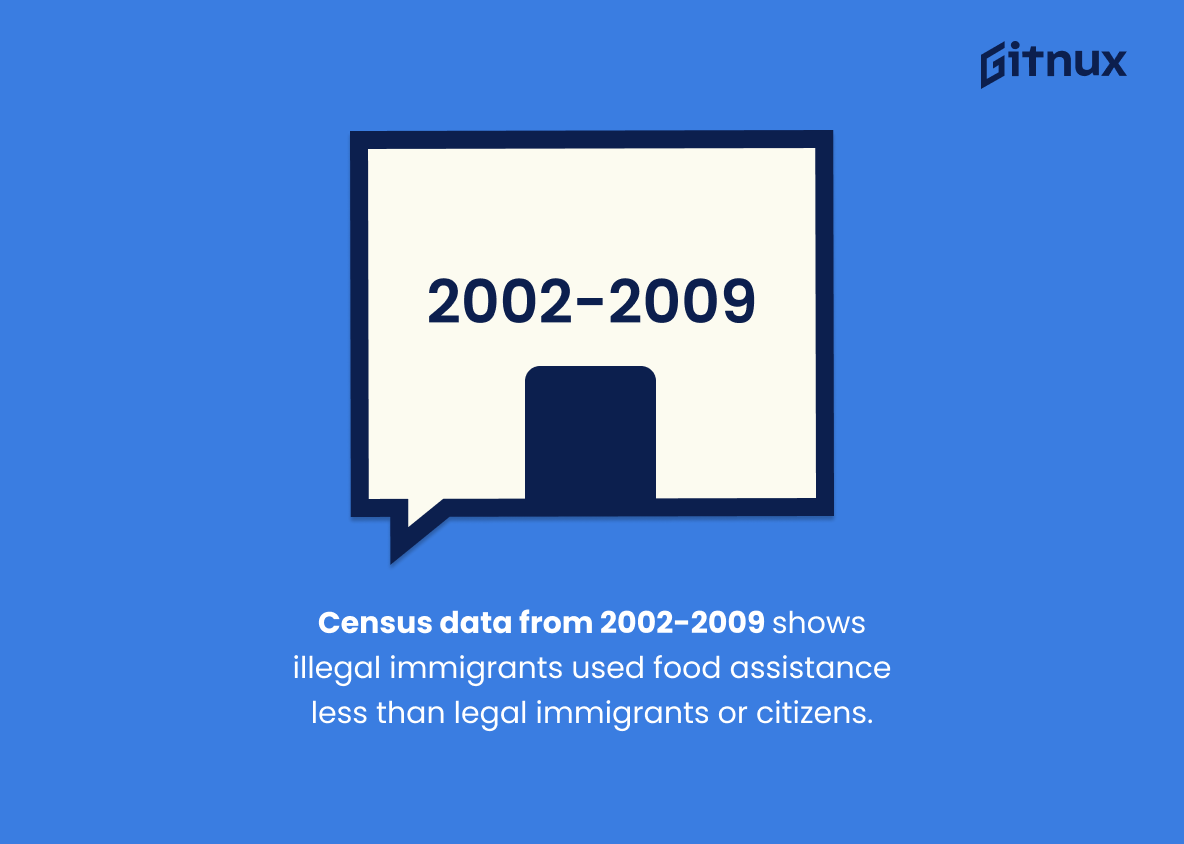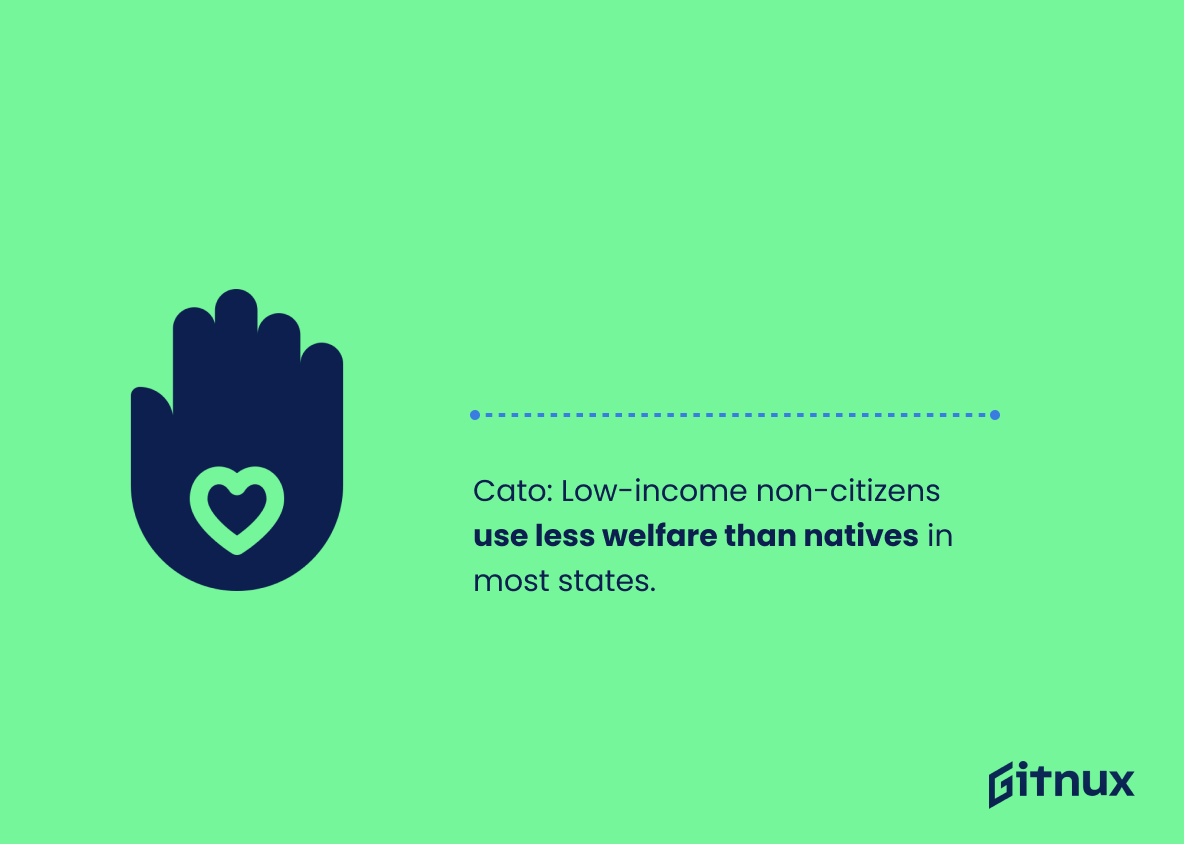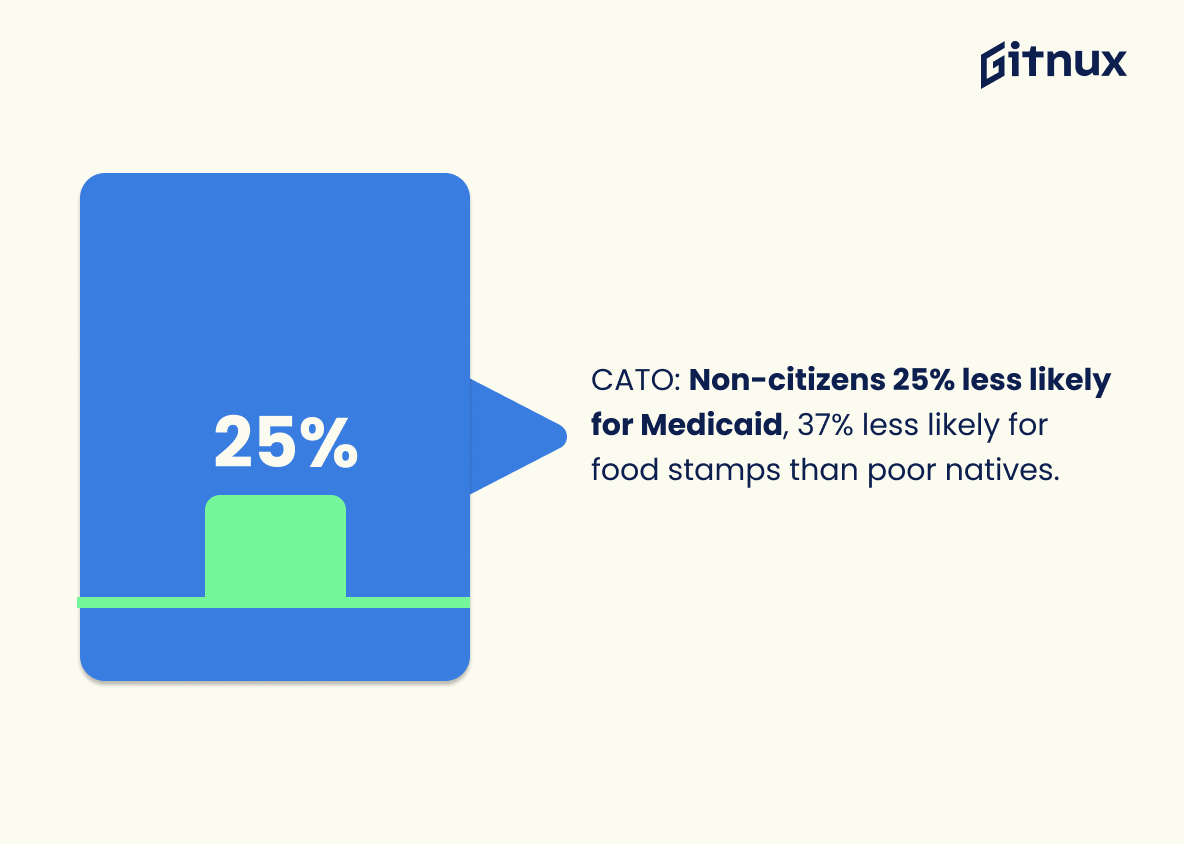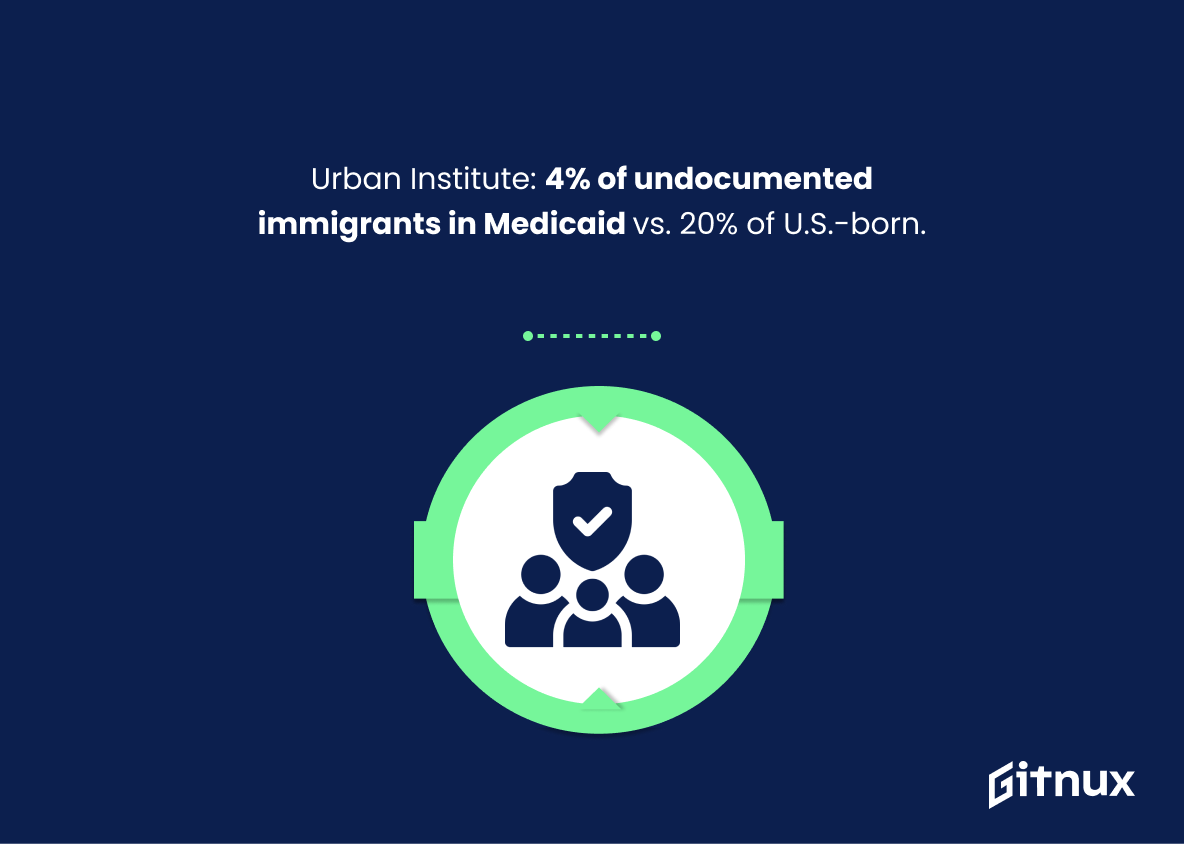Navigating the multifaceted territory of welfare and immigration is a complex and often contentious task. Statistics relating to illegal immigrants and welfare programs reveal a story that often goes unheard amidst the politically charged debates. Whether fueled by misconceptions or unawareness, the discourse surrounding this topic needs to be grounded in concrete facts and comprehensive data analysis. Our deep-dive into ‘Illegal Immigrants On Welfare Statistics’ aims to provide accurate information, dispel prevailing myths, and stimulate informed conversations about this polarizing issue. Join us as we delve into a world underscored by figures, shedding light on the facts rather than perpetuating the fiction.
The Latest Illegal Immigrants On Welfare Statistics Unveiled
The Center for Immigration Studies estimates that 62% of households headed by illegal immigrants used some form of cash or non-cash welfare programs, like food stamps or housing assistance, compared to 30% among native households.
In any riveting discussion surrounding Illegal Immigrants on Welfare Statistics, one cannot overlook this striking statistic from the Center for Immigration Studies. It adds a considerable layer of depth, pinpointing that an estimated 62% of households spearheaded by illegal immigrants are recipients of either cash or non-cash welfare programs. These include a host of assistance like food stamps or housing subsidies, thereby highlighting the prevalent dependency of this demographic on public assistance. This is even more starkly contrasted in the light of the fact that a mere 30% of native households partake in such welfare programs. This compelling statistic paints a vivid picture of the economic implications and challenges associated with illegal immigration, opening up avenues for a richer, more insightful dialogue on the topic.
Using the Census Bureau’s Survey of Income and Program Participation (SIPP) for 2002 to 2009, illegal immigrants are estimated to use food assistance programs at a lower rate than legal immigrants or citizens.
In the realm of discussion about illegal immigrants’ usage of welfare statistics, this particular statistic serves as a significant beacon of surprising truth. Contrary to perceptions that illegal immigrants exploit public resources more than legal residents, data from the Census Bureau’s Survey of Income and Program Participation (SIPP) from 2002 to 2009 reveals that illegal immigrants participate in food assistance programs at a lower rate. This insight disrupts widely held stereotypes, shedding new light on the realities of public resource usage among immigrant populations. Thus, it challenges readers to rethink their assumptions, contributing to a more nuanced narrative in the blog post about Illegal Immigrants on Welfare Statistics.
According to a study by the Cato Institute, low-income non-citizen children and adults utilize Medicaid, SNAP, cash assistance, and SSI at a generally lower rate than comparable low-income native-born citizen children and adults, and that this is the case for all four programs in the majority of states.
In the sphere of the debate around illegal immigrants and welfare statistics, the illumination brought forth by this study from the Cato Institute serves as a potent counter-argument to the overarching claim often made that immigrants disproportionately drain public resources. It punctuates the discussion with the observation that low-income non-citizen children and adults use Medicaid, SNAP, cash assistance, and SSI less frequently than their native-born citizen counterparts. Across a majority of states, for these four essential programs, this pattern holds steadfastly. Consequently, this revelation challenges preconceived notions, forcing us to reassess our understanding about the welfare usage amongst immigrant populations, effectively remodeling the narrative surrounding illegal immigration.
The CATO Institute found that non-citizens are about 25 percent less likely to be signed up for Medicaid than their poor native-born counterparts and about 37 percent less likely to receive food stamps.
Navigating the waters of common beliefs around illegal immigrants and their dependency on welfare systems, this statistic from the CATO Institute serves as a beacon of powerful insight. Illuminating the prevailing misconception, it reveals that non-citizens are considerably less inclined to be enrolled in Medicaid or to receive food stamps compared to the less fortunate native-born individuals. This pivots the argument, shifting the narrative from blaming illegal immigrants for burdening the welfare system, to intricately exploring the realities beneath the surface. Government deductions in numerical form, as such, clearly challenge and debunk sweeping generalizations. Thus, in the vast expanse of heated discussions around illegal immigrants on welfare statistics, this factual light generated by CATO Institute, is difficult to ignore.
According to the Urban Institute, only 4% of unauthorized immigrant adults are enrolled in Medicaid, compared to 20% of U.S.-born adults.
Delving into the heart of the public discourse on illegal immigration and welfare, this compelling data from Urban Institute acts as a key narrative anchor. It deftly shatters the pervasive myth that unauthorized immigrants unduly burden the healthcare welfare system. By revealing that just 4% of unauthorized immigrant adults are enrolled in Medicaid—quintuple less than the 20% of U.S.-born adults—it prompts us to question preconceived notions and challenges one-sided narratives. As we explore these topics further, such figures cast a fresh, objective light onto discussions about immigration policy and welfare reform.
Conclusion
The subject of illegal immigrants accessing welfare benefits is indeed a point of heated debate. Much of the controversy is rooted in misconceptions and poorly interpreted statistics. To clear any confusion, it is essential to rely on accurate data and valid research. What statistics do show is that the higher usage of welfare resources by illegal immigrants is largely linked to socioeconomic status rather than immigration status. A comprehensive understanding of this issue demands further investigation and informed dialogue, remembering that behind every statistic, there is a human story.
References
0. – https://www.www.urban.org
1. – https://www.www.nber.org
2. – https://www.cis.org
3. – https://www.www.cato.org





